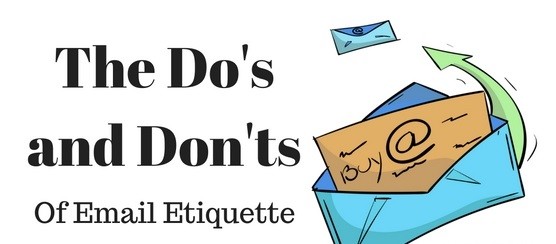Newsmatro

Email has been an integral part of our daily lives since its inception in 1965, evolving from the first electronic message created at the Massachusetts Institute of Technology. American programmer Ray Tomlinson further revolutionized email by introducing the “@” symbol in 1971 for intentional cross-computer messaging. As email remains a crucial communication tool, it’s essential to understand the etiquettes surrounding the use of “cc” and “bcc.” This article provides insights into the proper usage of cc and bcc in emails.
Understanding “cc” in Email
The abbreviation “cc” stands for “carbon copy” and serves to attach a secondary recipient to an email. Typically, the sender employs “cc” to include individuals in an email thread who are not the primary, intended recipients. When composing an email, you can find the “cc” function located underneath the “To” field.
The term “carbon copy” originates from the process of manually duplicating handwritten or typed notes by inserting a sheet of carbon paper between the original document and a blank sheet. This method allowed the writer to transfer their content to the thinner carbon paper, creating a duplicate.
How to Use “cc” Effectively
“cc” finds various practical applications in both professional and personal email communications. Here are some examples of when to use “cc”:
Keeping Team Members Informed: Use “cc” to keep team members updated on an email conversation, even if their direct response is unnecessary.
Facilitating Introductions: During transitions within a team, employ “cc” to smoothly hand off communication to your successor by including them in emails with clients or team members.
Demonstrating Authority: Cc’ing your manager or supervisor can unofficially signify approval from a higher-ranking employee, provided they are aware of their inclusion in the email.
Coordinated Responses: When sending a project or application completed by multiple individuals, consider sending it from one account and “cc” the other contributors for clarity.
Exploring “bcc” in Email
“Bcc” stands for “blind carbon copy.” While it shares a similar purpose with “cc,” the term “blind” indicates that the sender added recipients to a message without disclosing to them that it was sent to multiple people.
The introduction of “bcc” arose as “cc” transitioned from being primarily a technical term to a business-oriented one, according to the Merriam-Webster Dictionary.
Best Practices for Using “bcc”
Applying “bcc” in work or personal settings requires adherence to certain etiquettes:
Respect Privacy: Use “bcc” when you want to respect the privacy of other parties in the email or when dealing with mailing lists.
Personalization: “bcc” can be beneficial when sending significant announcements to family members, enhancing the email’s personal touch.
No Response Required: Utilize “bcc” when notifying your office of a new hire or promotion, or when sharing information about an upcoming event.
Streamline Your Message: To maintain a clean and uncluttered email, especially when addressing large mailing lists or numerous recipients, “bcc” can help achieve a polished and seamless finish.
Understanding the distinctions between “cc” and “bcc” and knowing when to use each is essential for effective email communication. By adhering to proper email etiquette, you can enhance your professionalism and ensure your messages are received and handled appropriately.